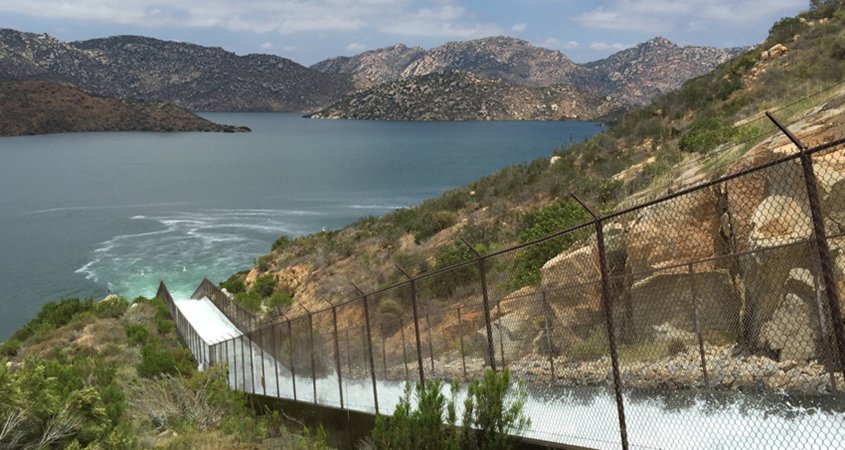Controlling the Budget and Water Rates in a Challenging Era
As we head into summer, we look forward to the continued retreat of COVID-19 and a full return to baseball games, barbeques, and graduation celebrations.
We also take a moment to remember that those things we cherish about San Diego County are all based on a reliable supply of water. It is the foundation of everything we do in our semi-arid climate. That’s why I’m so pleased to report that we have reliable supplies through at least 2045, even during multiple dry years like this one. That assurance was part of the 2020 Urban Water Management Plan that the Water Authority Board of Directors recently approved.
Water supply reliability
The Board is also considering the proposed 2022 water rates, along with the budget for fiscal years 2022 and 2023 – a challenging task to say the least. The proposed two-year budget is $1.7 billion, a 0% change from the current two-year budget due to our continuing commitment to cost control. As usual, more than 90% of the recommended budget is for buying and treating water or building and financing infrastructure. This reflects our long-term strategy to invest in supply reliability to meet current and future needs of the San Diego region – a strategy that is paying significant dividends during the current drought hitting most of California.
Water Authority staff also proposed increasing rates and charges for member agencies by 3.6% for treated water and 3.3% for untreated water in calendar year 2022, attributable to more rate increases by the Metropolitan Water District, continued payments for past investments in supply reliability, and inflationary pressures on energy, chemicals, and construction materials.
Rigorous review of budget and water rates
Each budget and rates package undergoes a rigorous review process, as we steward ratepayer funds to ensure continued water supply reliability in support of our $253 billion economy and quality of life. This year’s budget process started in fall 2020 with internal analyses, and it continued with meetings with our retail member agencies over the past several months. The process continued this week with the Board holding a third budget workshop. We expect to vote on the budget and rates package, following any revisions, on June 24.
A final note: I thought you might be interested in this letter that I recently sent to Gov. Newsom to share my appreciation for his leadership navigating the complexities of the current drought and outlining some of our key policy principles. It’s gratifying that the governor has avoided the kind of one-size-fits-all regulations we faced in the last drought – and I encouraged him to stay the course with regards to letting local leaders determine the appropriate response for their areas.

The San Diego County Water Authority Board of Directors May 27 approved the Water Authority’s 2020 Urban Water Management Plan highlighting a “water portfolio approach” that ensures reliable water supplies for the region through the 2045 planning horizon – even during multiple dry years. Photo: San Diego County Water Authority



